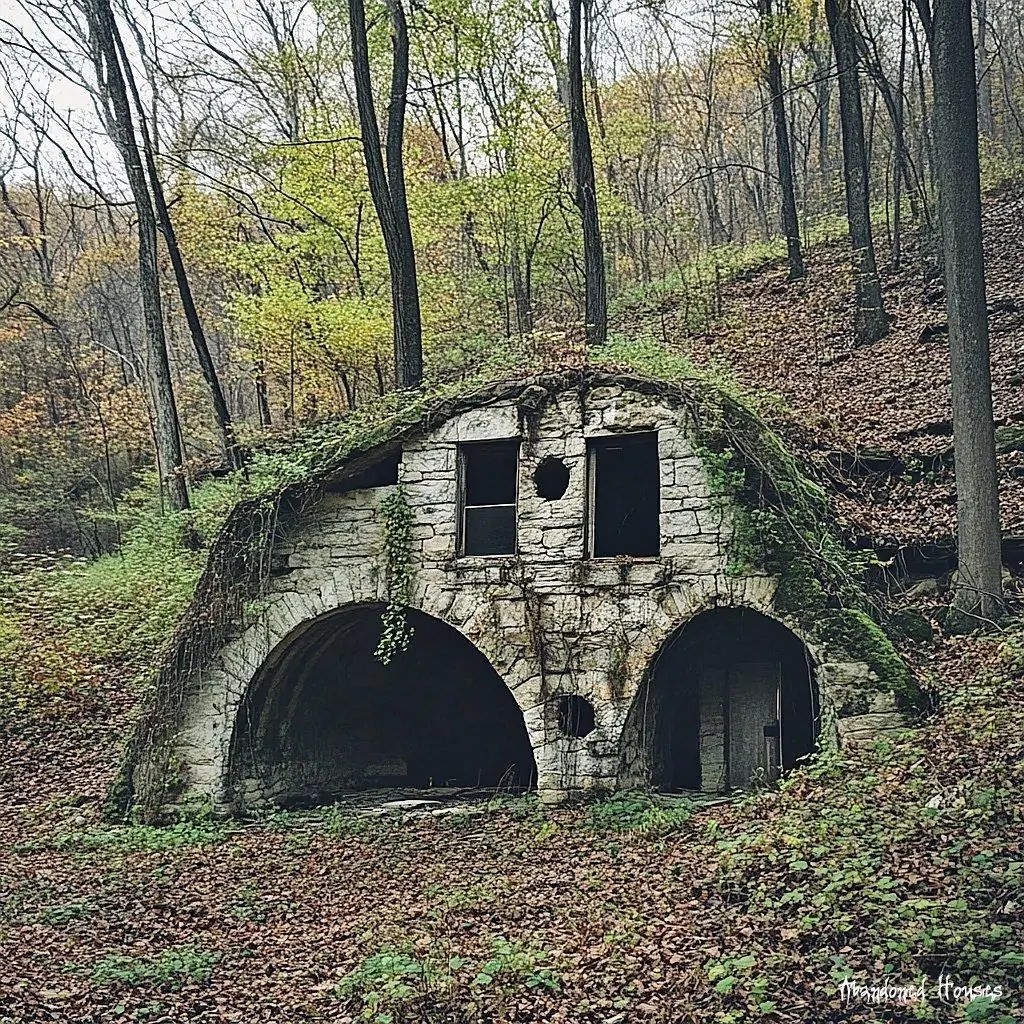Fort du Salbert, located near the city of Belfort in northeastern France, stands as a striking reminder of 19th-century military engineering and strategic foresight. Built between 1874 and 1877 as part of the Séré de Rivières defensive system, the fort was a direct response to France’s defeat in the Franco-Prussian War of 1870. Its construction was ordered to fortify the Belfort region, which had proven to be a critical passageway for armies advancing through eastern France.
Strategically positioned atop Salbert Hill, at an elevation of approximately 650 meters, the fort offered commanding views of the surrounding landscape. This allowed for early detection of enemy forces and efficient communication between nearby military installations. Fort du Salbert was designed to control access to the Belfort Gap, a natural corridor that has historically served as a gateway between France and neighboring territories.
The Séré de Rivières system, named after its architect General Raymond Adolphe Séré de Rivières, revolutionized French defensive strategy. Fort du Salbert, like others in the system, was constructed using a combination of earthworks, stone, and brick, which made it resistant to artillery fire. Its defenses included thick walls, underground chambers, and extensive tunnels to house ammunition and troops. Artillery placements on the fort’s perimeter ensured its ability to repel potential advances.


While the fort was equipped to defend against invasion, it never saw direct combat. Its role was primarily one of deterrence, reinforcing the region’s strategic importance. However, the fort remained in operation through both World Wars, serving as a secondary defense site and military storage facility.
During the Cold War era, Fort du Salbert found new life when it was integrated into France’s early warning radar network. Its elevated position made it an ideal site for radar installations, which were used to monitor potential airspace incursions during a tense period of geopolitical rivalry. Remnants of the radar systems can still be found at the site today, adding another layer to its historical significance.


Today, Fort du Salbert stands as both a historical landmark and a cultural treasure. Though partially abandoned and weathered by time, its structures remain remarkably intact. Visitors to the fort can explore its ruins and tunnels, walking in the footsteps of soldiers who once served there. Salbert Hill itself offers breathtaking panoramic views of the surrounding countryside, making it a popular spot for hikers and history enthusiasts alike.


Preservation efforts have helped maintain this iconic site, ensuring that it continues to tell the story of France’s military resilience. Fort du Salbert serves not only as a reminder of 19th-century ingenuity but also as a testament to the region’s enduring strategic importance throughout history. Whether you visit for its historical significance or its natural beauty, Fort du Salbert offers a fascinating journey into the past, where engineering, war, and nature converge.
